
Stanford University: Main Quad Balustrade
The sandstone balustrade in front of Stanford’s Main Quad was built circa 1902, along with the buildings and arcades of the outer quad.
The balustrade was designed in sections of 5, 7, 8, 10 and 15 balusters, separated by short walls. There are 68 sections total, running the length of the front of the quad. Each of the three entryways are flanked by two light posts, integrated into the balustrade.
While the balusters themselves have suffered the most, all elements of the balustrade have seen serious water damage over the past century.

Spalling on Light Post
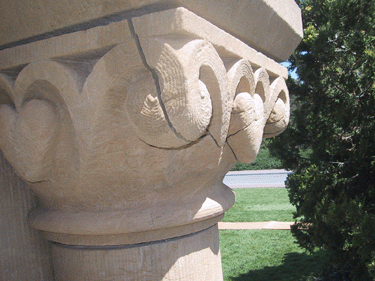
Displaced Capital and Cracks on Light Post
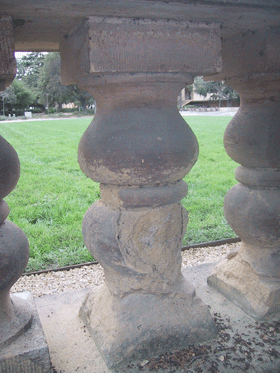
Severely Deteriorated Baluster
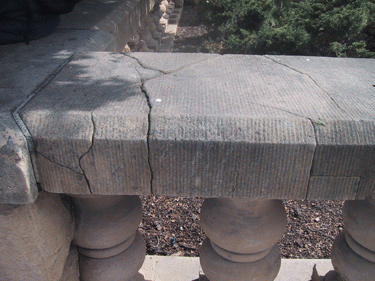
Fissures on a Top Stone
Significant cracking and spalling has occurred at the base of the balusters, the bottom edges and corners of top stones, the top surface of bottom stones, the base stones of walls, as well as the columns and capitals of light posts.
Surface flaking has also destroyed many areas on the underside of top stones, and the capitals of light posts.
A number of top stones and capitals were displaced, and many of the joints were in need of repair. Additionally, five top stones and sixteen balusters were missing completely.
Restoration of the Main Quad balustrade involved multiple processes. Beyond repair, the severely deteriorated balusters were removed and replaced with new, pre-cast balusters.
Unsound stone was removed from spalled or flaking areas, patched with Jahn M70, and shaped to match the original design.
While some areas were previously repaired with a portland cement based mortar, these patches had been rejected and were in need of replacement.
Cracks were patched with Jahn M125 or Thinfill 55 repair mortar. Areas where cracks split the entire stone were reinforced with stainless steel rods.
Displaced stones were reset, missing stones were replaced, and joints were repointed as needed. Finally, R97, a water repellent by Cathedral Stone Products, was applied throughout to delay future damage.

During Restoration

During Restoration
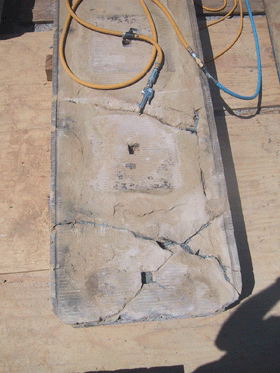
Structural Reinforcement
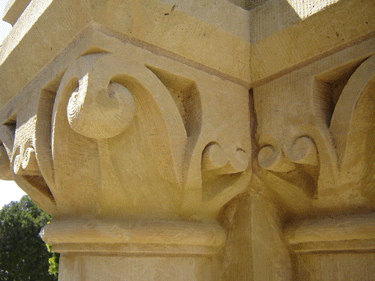
Composite Patching
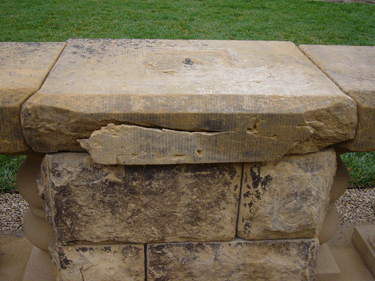
Before Composite Patching
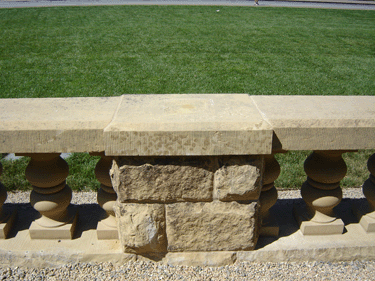
After Composite Patching


